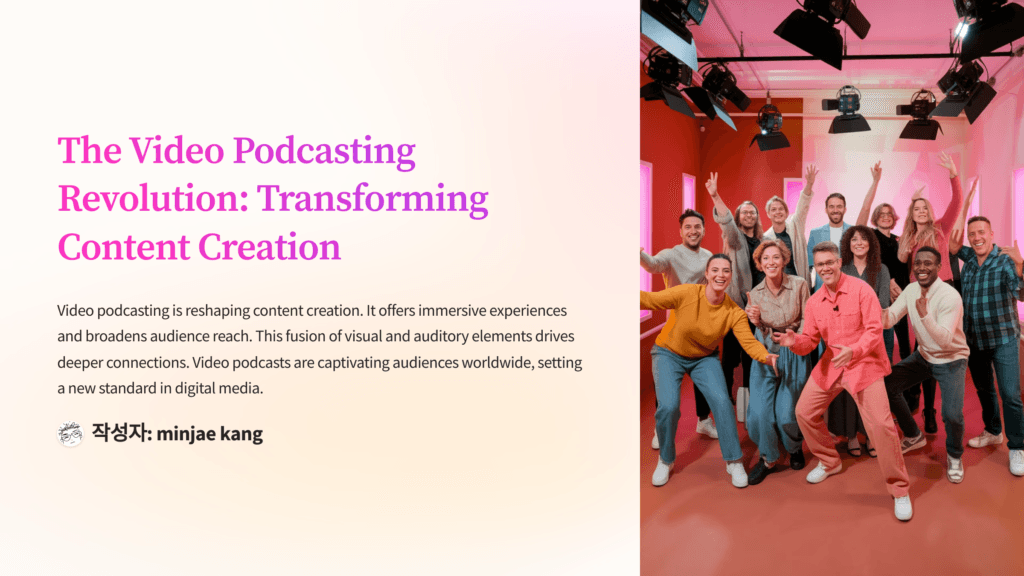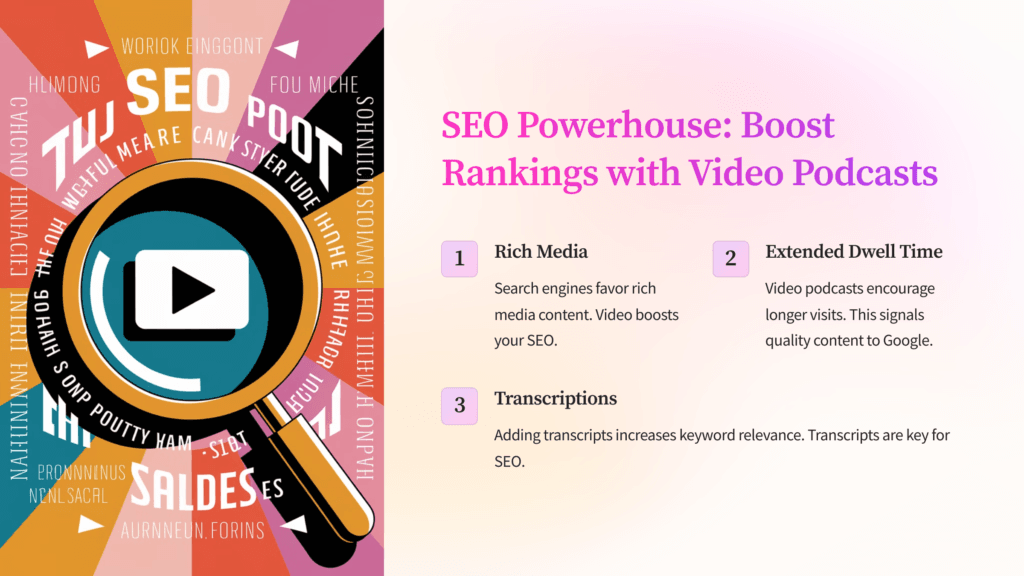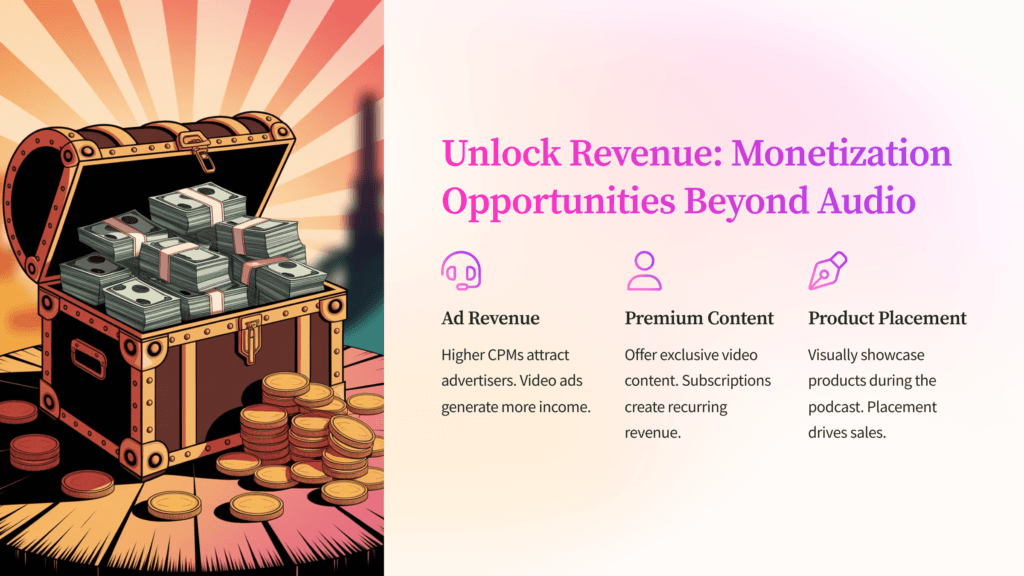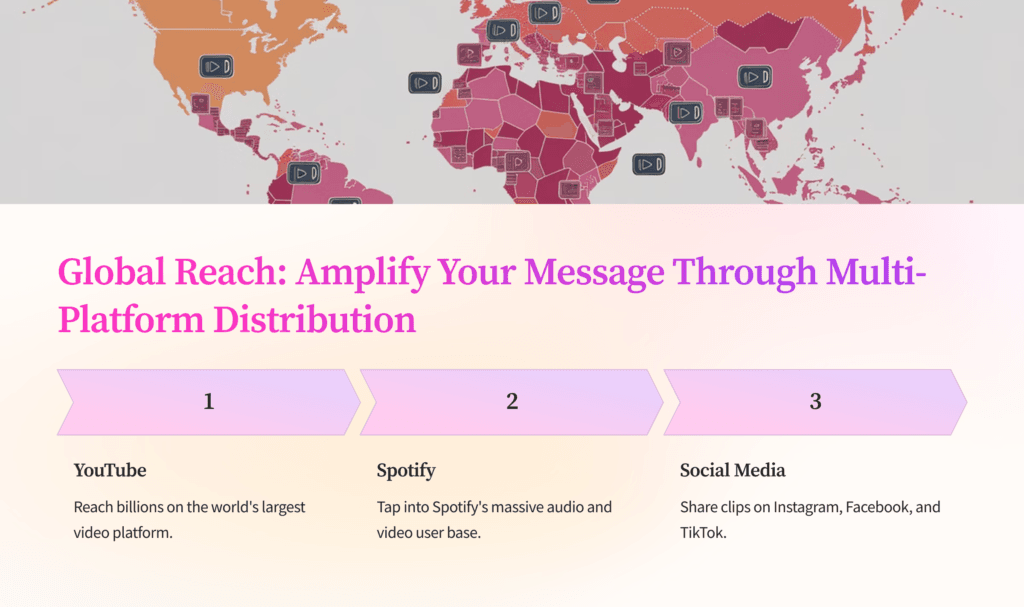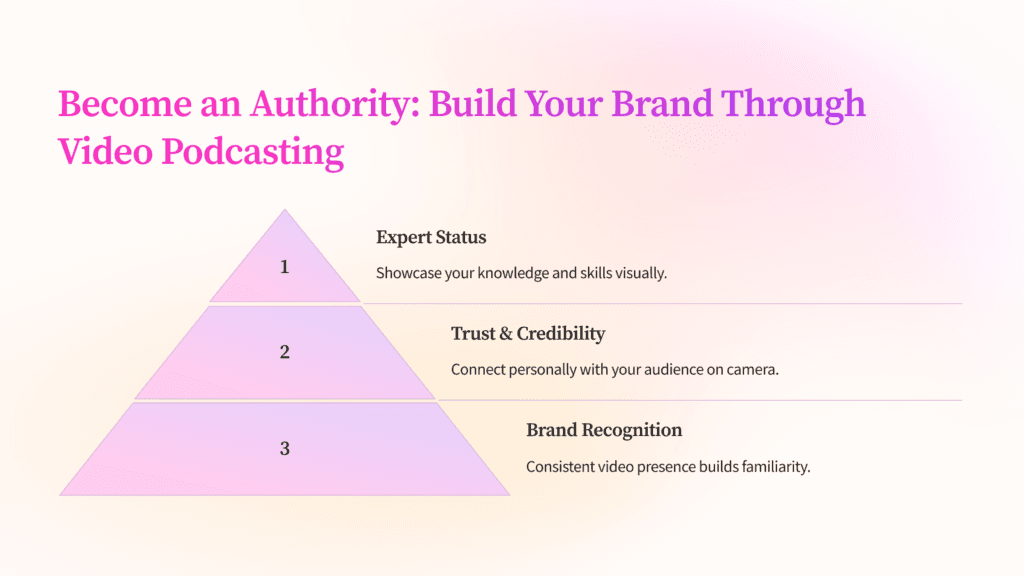
📢 Social Media Algorithms have transformed the way we consume content online. Whether you’re using Facebook, Instagram, TikTok, Twitter, or LinkedIn, algorithms determine what appears on your feed based on various factors such as engagement, user behavior, and relevance. This personalization makes social media addictive, ensuring that users stay on platforms longer. However, it also raises concerns about content bubbles and information control.
Understanding how social media algorithms work is crucial for content creators, marketers, and casual users alike. If you want to optimize your posts, increase engagement, or simply break free from the algorithm’s influence, this guide will help. In this article, we’ll explore seven key ways these algorithms shape your social media experience, along with practical tips to navigate them effectively.
Let’s dive in! 🚀
1. Social Media Algorithms Personalize Content

📌 One of the main functions of social media algorithms is to personalize your feed. Platforms analyze your interests, interactions, and browsing behavior to determine which content you’re most likely to engage with.
For instance:
✅ Facebook prioritizes posts from close friends, groups, and pages you interact with frequently.
✅ Instagram uses AI to rank posts based on likes, shares, and time spent on content.
✅ TikTok’s “For You” page curates videos based on watch time and user engagement patterns.
This personalization makes content more engaging but can also create echo chambers, where you see only what aligns with your past behavior.
🔗 Learn more: How Social Media Algorithms Work
2. Engagement Metrics Determine Content Visibility

📌 Algorithms prioritize content with high engagement. The more likes, shares, comments, and watch time a post gets, the more likely it is to be seen by others.
For example:
✅ Instagram and Facebook favor posts with immediate engagement.
✅ Twitter (X) boosts tweets that receive quick retweets and replies.
✅ YouTube ranks videos higher when they have longer watch times.
This means that engagement is key for content creators. The more interactions a post gets within the first hour, the higher its visibility.
🔗 Learn more: Understanding Social Media Engagement
3. Fresh Content Is Prioritized Over Older Posts

📌 Recency matters in social media algorithms. While older posts can still gain traction, new content is often prioritized, ensuring that users see the latest updates.
For instance:
✅ Twitter (X) operates mostly in real-time, showing the most recent tweets first.
✅ Facebook and Instagram balance recency and engagement when ranking content.
✅ LinkedIn highlights fresh, professional updates from connections and industry leaders.
To maximize reach, post when your audience is most active.
🔗 Learn more: Best Times to Post on Social Media
4. Video Content Gains More Exposure
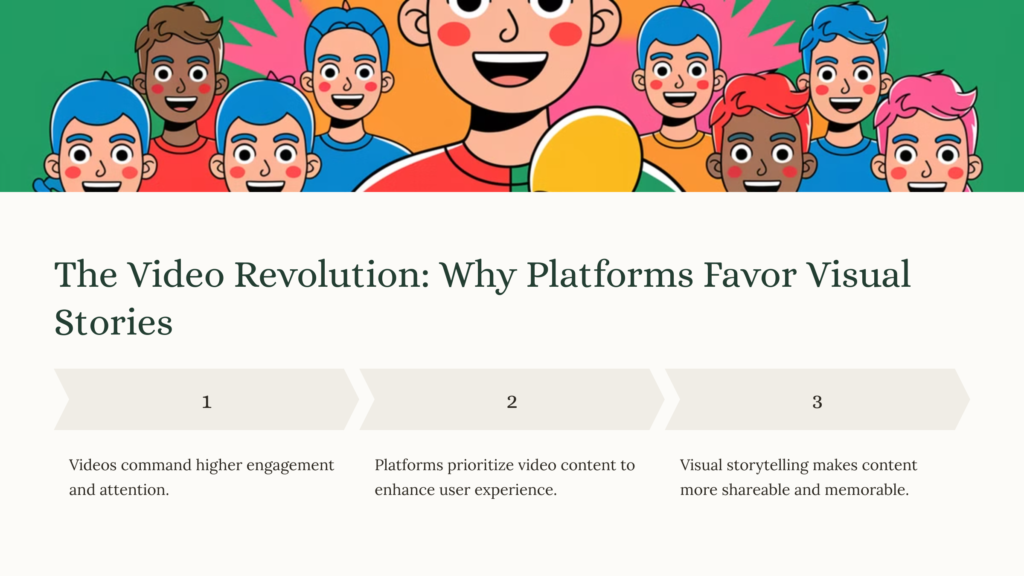
📌 Video content performs better than static images or text. Most platforms favor short-form videos because they keep users engaged longer.
For example:
✅ TikTok and Instagram Reels prioritize videos over regular posts.
✅ YouTube’s algorithm favors content with high watch time and audience retention.
✅ Facebook and Twitter (X) boost videos with autoplay, increasing visibility.
If you’re a content creator, focus on short-form video content to get more reach.
🔗 Learn more: The Power of Video in Social Media
5. Hashtags and Keywords Improve Discoverability

📌 Hashtags and keywords help categorize content, making it easier for users to find posts that match their interests.
For example:
✅ Instagram’s Explore page surfaces posts based on hashtag use.
✅ TikTok categorizes videos based on captions and descriptions.
✅ LinkedIn ranks content based on professional industry keywords.
Using the right hashtags and SEO-friendly keywords can significantly boost your content’s discoverability.
🔗 Learn more: How to Use Hashtags Effectively
6. User Behavior Influences Recommendations

📌 Every action you take on social media affects what you see. Algorithms track your clicks, watch history, likes, and shares to fine-tune recommendations.
For example:
✅ YouTube suggests videos based on past watch behavior.
✅ TikTok’s For You page adjusts dynamically as you interact with content.
✅ Facebook and Instagram tailor ads based on browsing activity.
If you want to reset your recommendations, engage with different types of content and clear your history.
🔗 Learn more: How Social Media Recommendations Work
7. Paid Ads Can Bypass Algorithm Restrictions
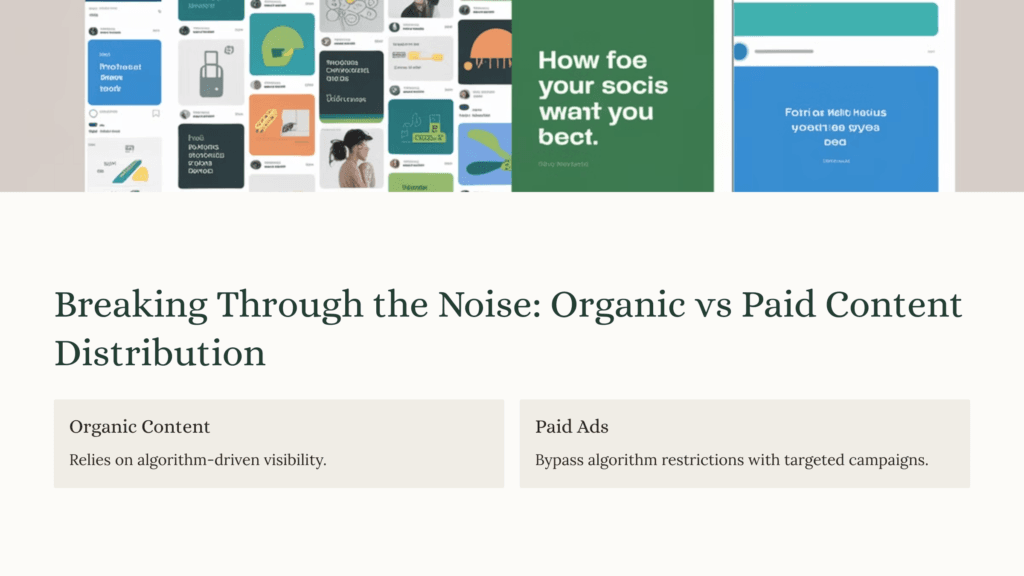
📌 Organic reach is limited, but paid promotions allow businesses and creators to bypass algorithms and reach their target audience directly.
For instance:
✅ Facebook and Instagram Ads let businesses target users based on interests.
✅ TikTok Ads use AI to match content with relevant users.
✅ LinkedIn Sponsored Content helps businesses reach professional audiences.
While organic growth is possible, investing in paid ads can give your content an extra push.
🔗 Learn more: A Guide to Social Media Advertising
Final Thoughts
💡 Social media algorithms control what we see, shaping our digital experience. Whether you’re a casual user, influencer, or business owner, understanding these algorithms can help you improve engagement, optimize content, and break free from content bubbles.
Key takeaways:
✔ Engage with posts to improve visibility.
✔ Use video content for better reach.
✔ Optimize posts with hashtags and keywords.
✔ Post at peak times for maximum impact.
✔ Consider paid ads for additional reach.
Would you like to learn more about a specific platform’s algorithm? Let us know in the comments! 🚀
FAQ
❓ How do social media algorithms decide what to show me?
📌 They analyze engagement, interests, and interactions to rank and recommend content.
❓ Why do I see the same type of content repeatedly?
📌 Algorithms track your behavior and show similar content to keep you engaged.
❓ Can I reset my social media feed?
📌 Yes! Engage with new content, clear search history, and change your interaction patterns.
❓ Do hashtags really help in reaching a wider audience?
📌 Absolutely! Hashtags categorize content, making it more discoverable.
❓ Why do videos perform better than images?
📌 Video content keeps users engaged longer, which algorithms prioritize.
❓ How often do social media algorithms change?
📌 Frequently! Platforms update their algorithms to improve user experience and content relevance.
❓ Can I improve my organic reach without ads?
📌 Yes! Post engaging content, use hashtags, and interact with your audience.
❓ Do all social media platforms use the same algorithm?
📌 No! Each platform has its own unique ranking system.

